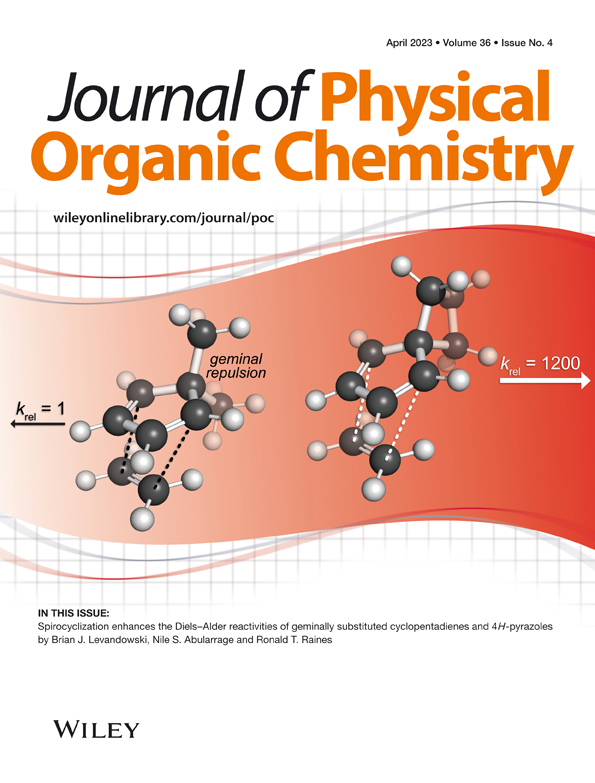Solvent effects on direct and indirect tautomerism of pyrimidin-2(1H)-one/pyrimidin-2-ol
Abstract
A theoretical study at the B3LYP/6-311++G(d,p) level on tautomeric conversion of pyrimidin-2(1H)-one (PYH) to pyrimidin-2-ol (PY) was performed. Two mechanisms have been considered for this processes: (i) one in which the hydrogen is directly transferred, mechanisms A, through TS12 and (ii) another one in which a double hydrogen transfer takes place via TS1122, by formation of the corresponding dimer, mechanisms B. The results associated with the gas phase reveal that overcame to TS12 needs high activation free energies of 34.47 kcal/mol, as a consequence of the strain associated with the formation of the four-membered transition state, while overcame to TS1122 requires much lower activation free energies, 4.97 kcal/mol. The effect of solvent on the studied tautomerization in implicit, explicit, and a combination of both implicit and explicit solvation models in various media (protic and aprotic polar solvents) has been considered. The results show that the use of a protic polar solvent reduces the energy barrier of the corresponding transition states in a very significant amount.
Open Research
DATA AVAILABILITY STATEMENT
The data that support the findings of this study are available from the corresponding author upon reasonable request.




